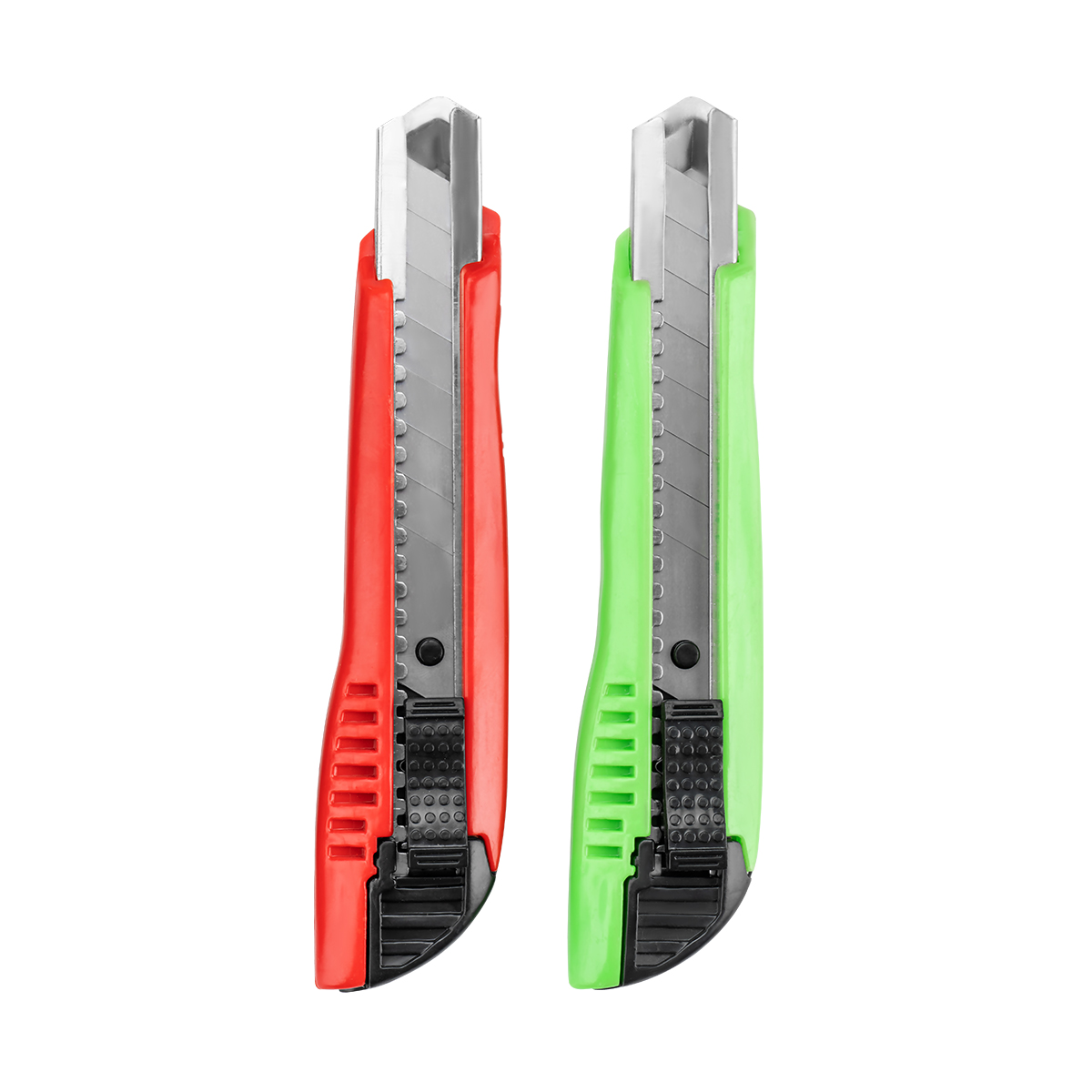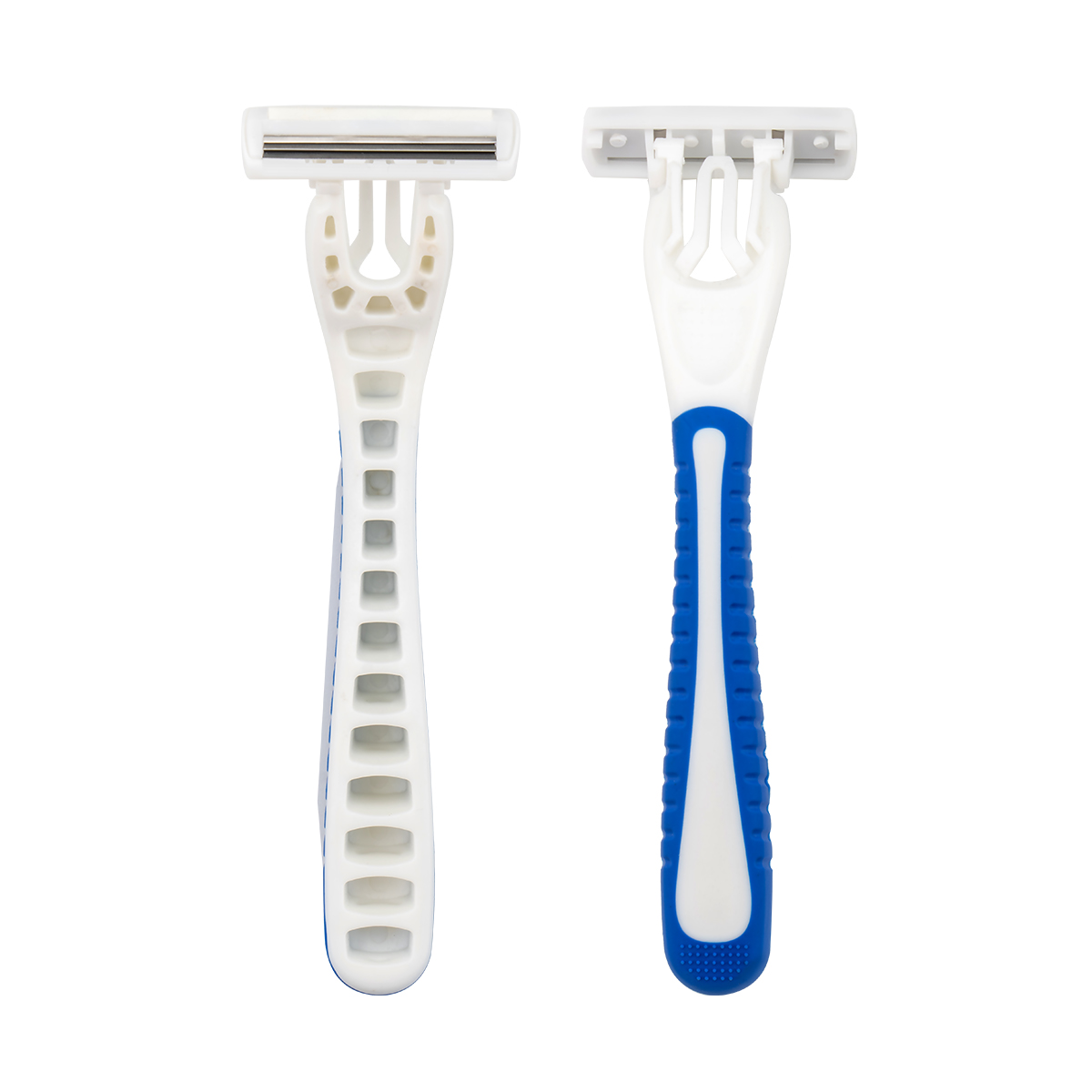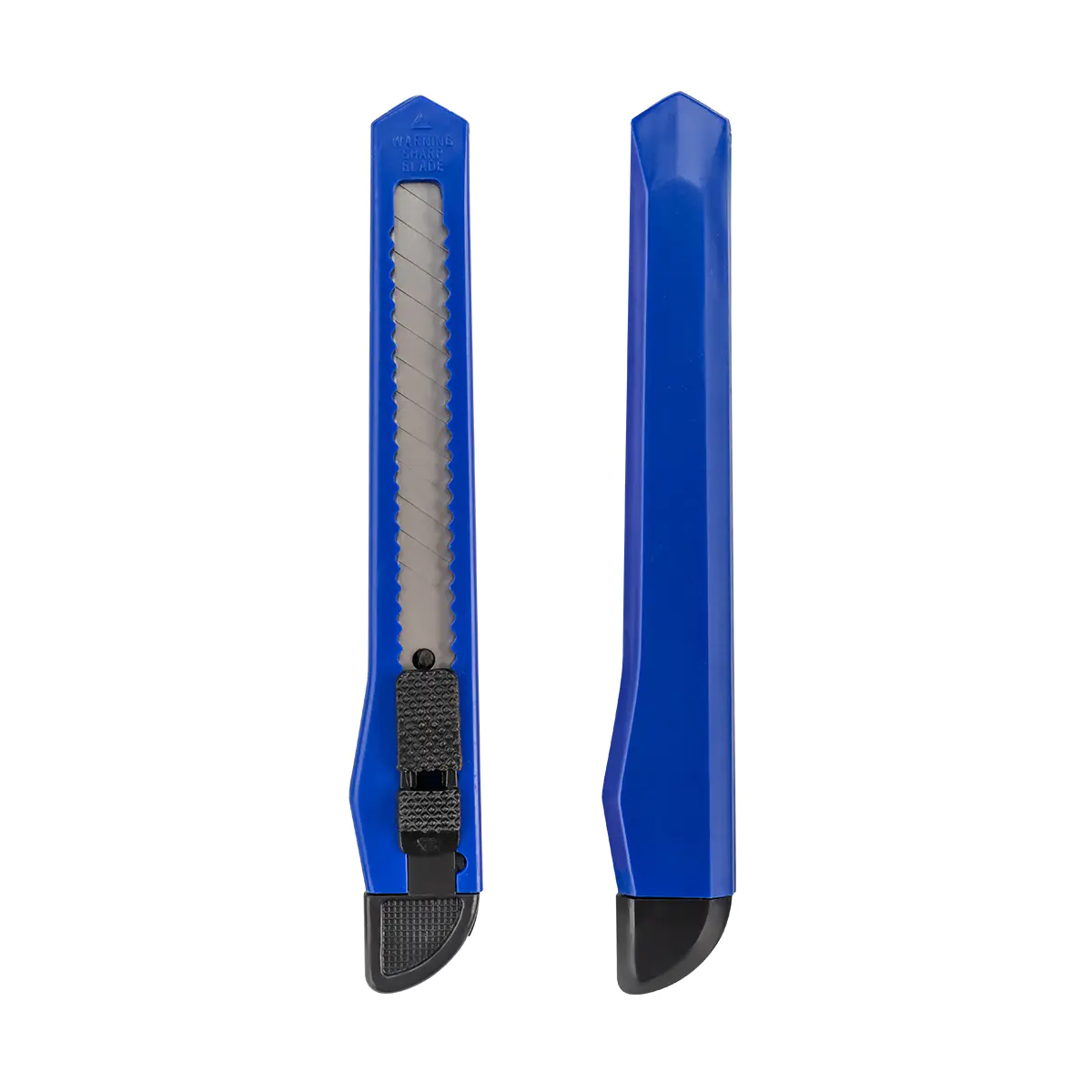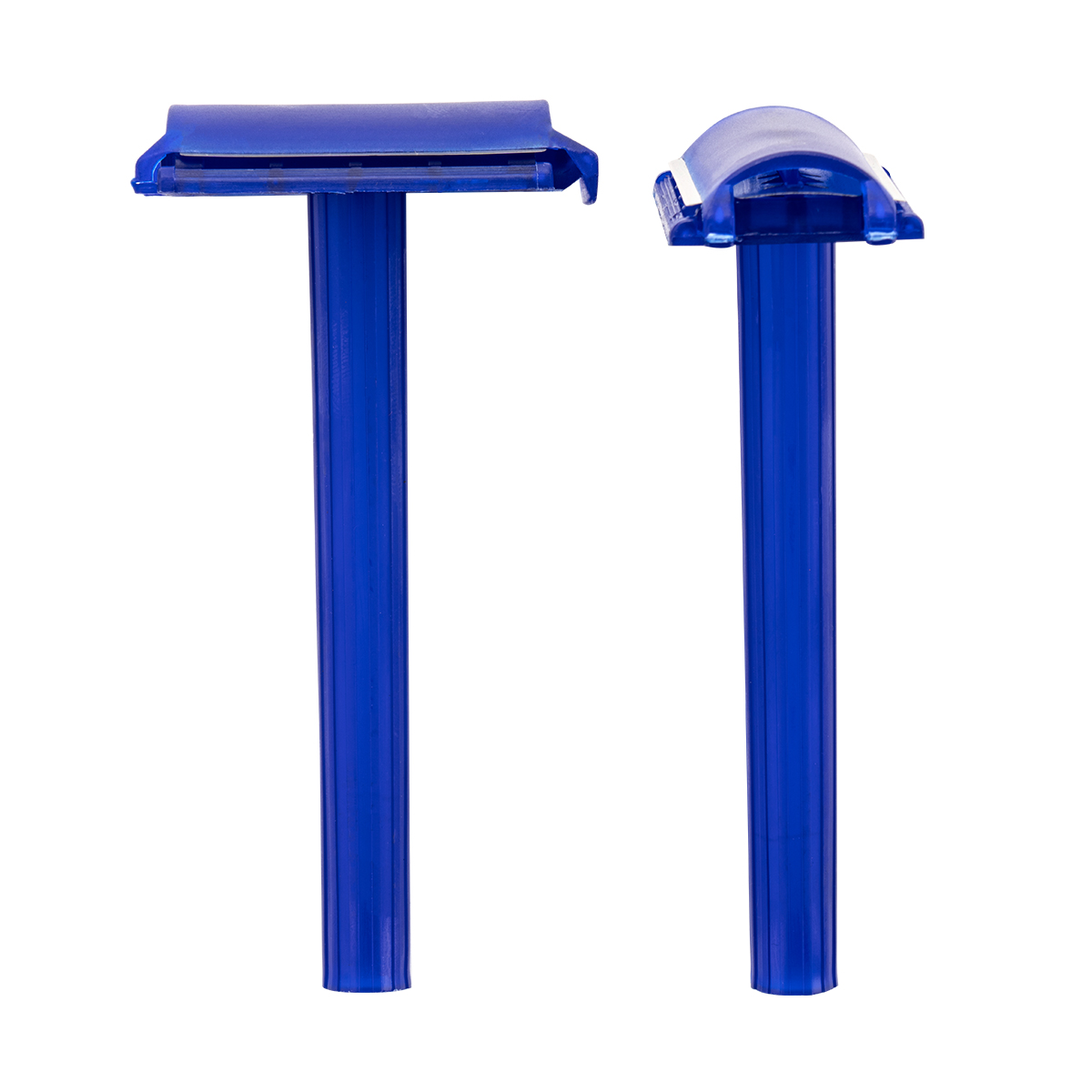We are an industry and trade enterprise
specializing in the production of disposable razors and utility knives for more than 30 years.
Razor News
How to sterilize medical razors
"Sterility" is a crucial concept in the production and use of medical devices. For instruments like medical razors that come into direct contact with the patient's skin, sterilization is crucial for both surgical safety and patient health. The sterilization process for medical razors is far more complex and rigorous than one might imagine. It's more than a simple cleaning and disinfection procedure; it involves a validated, highly standardized industrial process that ensures every razor is absolutely sterile before opening.
1. Pre-Sterilization Preparation: Packaging and Sterile Barrier
The sterilization process for medical razors begins with their packaging. Unlike standard retail packaging, the packaging design itself is an integral part of the sterilization process. It typically utilizes a specialized material known as a "sterile barrier system." This material must meet the following requirements:
Breathing: It must allow the sterilizing agent (such as ethylene oxide gas or steam) to penetrate and reach every corner of the blade and handle.
Microbial Impermeability: After sterilization, the material effectively blocks the entry of bacteria, viruses, and other microorganisms, ensuring that sterility is maintained. Durability: The packaging must be strong enough to withstand the physical stresses of shipping, storage, and handling, preventing breakage before opening.
On the production line, each medical razor is individually packaged and sealed in a highly clean environment. This step ensures that the product is a physically enclosed, yet permeable, unit before entering the sterilization process.
2. Main Sterilization Methods: Ethylene Oxide and Gamma Irradiation
Currently, medical razors are sterilized using two main methods: ethylene oxide sterilization (EO) and gamma irradiation (irradiation). These two methods have their own characteristics, but their goal is the same: to completely eliminate all microorganisms.
Ethylene Oxide (EO) Sterilization: This is a low-temperature chemical sterilization method. Medical razors are placed in batches in a sealed sterilization chamber. During the sterilization process, ethylene oxide gas is injected into the chamber and maintained at a specific temperature, humidity, and pressure. Ethylene oxide molecules can penetrate the packaging and destroy the protein and nucleic acid structures within microbial cells, thereby achieving sterilization. This method is particularly suitable for temperature-sensitive materials (such as plastic handles) and does not damage the product. However, EO sterilization requires a lengthy degassing process to remove residual ethylene oxide gas and ensure the product is non-toxic.
Gamma irradiation: This is a high-energy physical sterilization method. After packaging, medical razors are passed through a gamma irradiation device. Gamma rays are high-energy electromagnetic waves that can penetrate both the packaging and the product itself, directly destroying the DNA of microorganisms, preventing them from reproducing and surviving. The advantages of gamma irradiation are rapid sterilization and the absence of chemical residues. However, it may affect the physical properties of some materials, so the radiation resistance of the product materials must be carefully evaluated.
Both EO and gamma irradiation sterilization processes are strictly monitored for parameters such as dosage, time, and temperature. Precise control of these parameters is critical to ensuring sterilization effectiveness.
3. Post-Sterilization Quality Control: Release and Traceability
The sterilization process is not the end. After sterilization, all products must undergo rigorous quality control and release procedures. These procedures include:
Sterilization indicator card inspection: A special chemical indicator card is placed in each sterilization batch. This card changes color when the sterilization process is effective. Quality control personnel check these indicator cards to confirm that the sterilization process has been successfully completed.
Biological indicator (BI) testing: This is the "gold standard" for sterilization effectiveness verification. Biological indicators containing highly resistant bacterial spores are placed in the sterilization batch. After sterilization is completed, these indicators are sampled and cultured in the laboratory. If the spores are not viable, the sterilization process is effective.
Package integrity inspection: Each product package is inspected to ensure that it is not damaged, leaking, or has a poor seal. Any product with damaged packaging will be discarded because the sterility barrier has been lost.
![]() No. 2-2, Oufu Road, Zhangting Town, Yuyao City, Ningbo City, Zhejiang, China.
No. 2-2, Oufu Road, Zhangting Town, Yuyao City, Ningbo City, Zhejiang, China.
![]() +86-574-87560886/87560055
+86-574-87560886/87560055
![]() +86-574-87560885
+86-574-87560885
Copyright © Ningbo Chuangxin Cutting-Tool Manufacture Co., Ltd.

 English
English 中文简体
中文简体 русский
русский Español
Español









